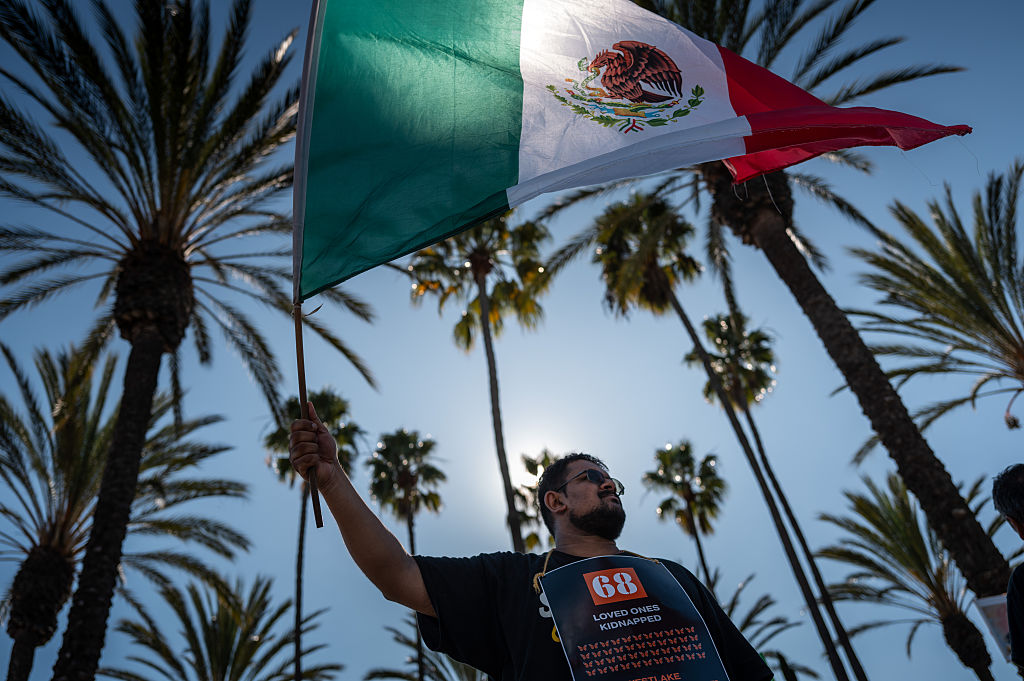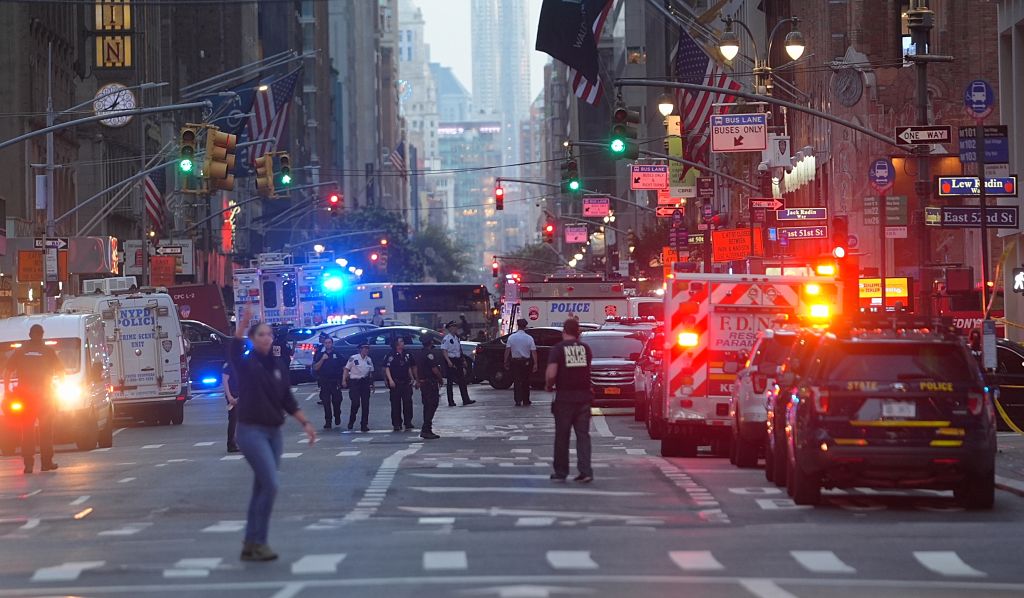Hate Speech: Explaining The History Of The First Amendment


Because of what happened yesterday with the Jimmy Kimmel show, let’s shine a light on hate speech and the history of the first amendment right. The First Amendment to the United States Constitution is a cornerstone of American democracy, enshrining key liberties that define the nation’s political and cultural identity. Ratified in 1791 as part of the Bill of Rights, the First Amendment protects five fundamental freedoms: freedom of religion, freedom of speech, freedom of the press, freedom of assembly, and freedom of petition.
In recent months, core American values protected by the First Amendment have come under increasing scrutiny, with events involving President Donald Trump and his administration raising alarms about the state of free expression in the United States. High-profile figures, such as Jimmy Kimmel and Attorney General Pam Bondi, have become central to this national conversation.
What happened to Jimmy Kimmel and Pam Bondi?
On Sept. 17, Disney-owned ABC announced it was pulling Jimmy Kimmel Live! off the air indefinitely. The decision came just days after Kimmel made controversial remarks about the death of conservative influencer Charlie Kirk. During his monologue earlier that week, Kimmel accused the MAGA movement of politically exploiting Kirk’s death, which some conservatives viewed as hate speech.
“We’ve hit some new lows over the weekend,” Kimmel said. “The MAGA Gang is desperately trying to characterize this kid who murdered Charlie Kirk as anything other than one of them and doing everything they can to score political points from it.”
The backlash from Trump allies was swift. FCC Commissioner Brendan Carr condemned Kimmel’s comments as “the sickest conduct possible,” and even suggested that the agency might review ABC’s affiliate licenses if Disney failed to take action. In an interview with conservative podcaster Benny Johnson, Carr made it clear: “We can do this the easy way or the hard way,” while also disparaging Kimmel personally, calling him “talentless” and “desperately irrelevant.”
Attorney General Pam Bondi also found herself under fire, particularly from conservative voices, after appearing on The Katie Miller Podcast on Sept. 15. Speaking about the aftermath of Kirk’s assassination, Bondi said the federal government would “target” individuals who engage in hate speech.
“There’s free speech and then there’s hate speech, and there is no place, especially now, especially after what happened to Charlie, in our society,” she stated. “We will absolutely target you, go after you, if you are targeting anyone with hate speech.”
Her remarks triggered a sharp response from conservative pundits. Tucker Carlson called the idea that hate speech could be criminalized “a lie.” At the same time, commentator Erick Erickson went as far as calling Bondi a “moron,” insisting that her statements did not reflect current U.S. law.
In response to the backlash, Bondi later took to X (formerly Twitter) to clarify her stance. “Hate speech that crosses the line into threats of violence is NOT protected by the First Amendment. It’s a crime,” she wrote in part. “For far too long, we’ve watched the radical left normalize threats, call for assassinations, and cheer on political violence. That era is over.”
The controversy surrounding Kimmel and Bondi points to the increasingly tense and polarized climate surrounding freedom of speech in America. One thing is clear: Freedom of speech does not protect incitement to violence or direct threats — and Kimmel did not cross that line. The issue is that public figures may now face serious consequences—social, political, and possibly legal—for simply stating an opinion. It raises the question of whether the First Amendment is being upheld as it was intended, or whether it’s being reshaped by political pressure and cultural division.
What is the history of the First Amendment?

To understand how we got here, it’s essential to revisit the origins of the First Amendment. Its roots lie in the colonial experiences of early American settlers, many of whom fled religious persecution in Europe only to face similar oppression in the New World. Colonial authorities routinely censored speech and punished those who dissented. A notable example was the 1735 Zenger Trial. John Peter Zenger, publisher of the New-York Weekly Journal, was acquitted of libel after writers at the newspaper criticized the royal governor, William Cosby, for abusing his power. According to the Historical Society of the New York Courts, Cosby even ordered issues of the Journal to be publicly burned. The trial became a landmark moment, fostering early beliefs in the importance of a free press and laying the groundwork for the First Amendment.
After the American Revolution, the U.S. Constitution was adopted in 1787, but many feared the new government would become too powerful. In response, James Madison drafted the Bill of Rights in 1789, drawing on Enlightenment ideas and documents, such as the Virginia Declaration of Rights. The First Amendment, ratified on Dec. 15, 1791, declared: “Congress shall make no law respecting an establishment of religion, or prohibiting the free exercise thereof; or abridging the freedom of speech, or of the press; or the right of the people peaceably to assemble, and to petition the Government for a redress of grievances.”
This short but profound text established the foundation for civil liberties in America, aiming to safeguard individuals from government interference and ensure a free exchange of ideas. For much of the 19th century, these protections applied only at the federal level. However, through the Fourteenth Amendment—ratified in 1868—and a series of landmark Supreme Court decisions in the 20th century, First Amendment protections were extended to state and local governments under the doctrine of incorporation.
Several important Supreme Court rulings helped shape the modern understanding of the First Amendment, according to the American Library Association. In Schenck v. United States (1919), the Court introduced the “clear and present danger” test to limit speech that could incite illegal actions. In New York Times Co. v. United States (1971), the Court defended the right to publish classified material, allowing the Pentagon Papers to be released despite government objections. Additionally, Tinker v. Des Moines (1969) affirmed that students do not lose their free speech rights at school.
These decisions, among many others, have defined the scope of First Amendment rights and illustrate the legal balancing act between protecting expression and maintaining order. Yet, as the cases of Jimmy Kimmel and Pam Bondi suggest, the debate over free speech is far from settled. Whether in courtrooms, newsrooms, or online platforms, the First Amendment remains one of the most debated and vital elements of American democracy, and it may be unraveling right before our eyes.
SEE MORE:
It Turns Out The Racist Texts Might Be Perfectly Legal
What's Your Reaction?
 Like
0
Like
0
 Dislike
0
Dislike
0
 Love
0
Love
0
 Funny
0
Funny
0
 Angry
0
Angry
0
 Sad
0
Sad
0
 Wow
0
Wow
0
































